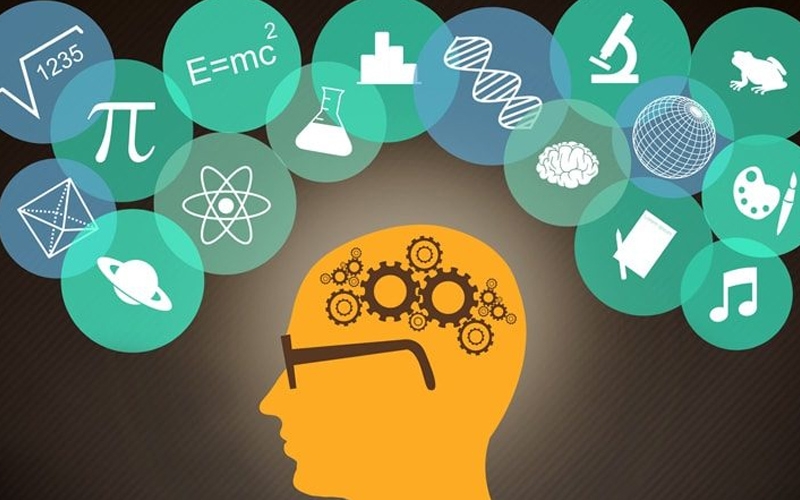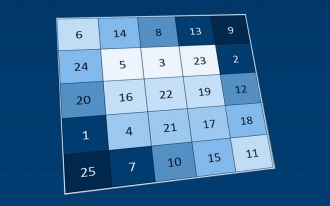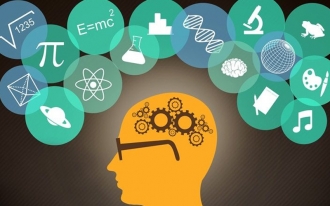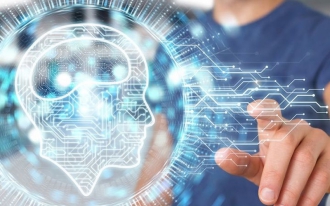- BRAINTRAIN |
- Blog |
- Thinking |
- Methods for Developing Thinking

Bogdan Moroz 18.10.2019 14188 Comments
At some point, every person considers their personal development, often prioritizing physical health and strength. However, developing mental capabilities is equally, if not more, important and can significantly shape one’s future.
Human brain activity is complex and consists of numerous processes requiring individual approaches and specific training methods. Here, we explore thinking as a broad concept and effective methods to foster efficient thinking across its various forms and directions.
Technologies for Developing Thinking
Developing thinking doesn’t require significant financial investment or equipment, just 15–30 minutes daily, consistency, and efficient use of time. While specialized programs aren’t mandatory, thinking trainers help optimize time by incorporating the latest research for comprehensive impact on each thinking type, ensuring balanced cognitive workload.
Types of thinking to develop systematically:
- Logical
- Abstract
- Creative
- Visual-Action
- Visual-Figurative
Logical Thinking
This is perhaps the most recognized aspect of mental processes, with numerous trainers available for its development. A comprehensive approach is needed, though it doesn’t fully capture all logical thinking processes. Key components include:
- Analysis – Understanding the structure of things, mentally breaking them into components and identifying connections, whether it’s biological tissue, chemical composition, or event sequences.
- Comparison – Accurately identifying similarities and differences between objects, events, or concepts, even if unrelated, for proper classification.
- Synthesis – Creating a unified structure from separate parts, sometimes in a new order or combination, applicable to physical and abstract entities.
- Abstraction – Using abstract concepts instead of concrete images, consciously ignoring minor details to see the bigger picture.
Methods for developing logical thinking are simple and varied, available in trainers or as standalone exercises:
- Reading – Enhances thinking by processing, analyzing, and adjusting conclusions based on new information. Any genre works.
- Logical Games – Combine enjoyment with mental exercise, available digitally or as board games.
- Online Trainers – Engaging activities that analyze actions and aim for improvement.
- Logical Chains – Identify and eliminate the odd word in a sequence with reasoned justification.
- Logical Connections – Find as many unifying factors as possible between seemingly unrelated words.
- Journaling – Analyze daily events in writing, evaluating causes and outcomes.
- Sentences with Unrelated Words – Create engaging sentences using pre-selected unrelated words, adjusting difficulty by word count.
Abstract Thinking
Often called verbal-logical, it involves manipulating words to create concise mental descriptions, filtering out non-essential details. Training this is crucial, especially for children, to enhance learning efficiency.
Key components:
- Concept – Groups of objects unified by common traits, focusing on shared characteristics.
- Judgment – Partial conclusions affirming a thought, covering one aspect of a situation.
- Inference – Comprehensive conclusions based on all judgments in a topic.
Effective exercises for abstract thinking:
- Rephrase Sentences – Convey the same meaning without repeating words, maximizing variations.
- Eliminate the Odd Word – Identify and justify removing the word that doesn’t fit a group.
- Find Differences in Word Pairs – Identify distinctions between paired words, from obvious to subtle.
- Words for Rare Letters – Generate as many words as possible starting with less common letters.
Creative Thinking
This involves analyzing and processing information uniquely to approach tasks innovatively. Everyone has this potential, which can be activated to achieve novel results in creative or practical contexts.
Principles for improvement include regular new experiences, broadening horizons, visiting new places, continuous learning, improvisation, and striving for perfection.
Exercises for creative qualities:
- Recreating Images – Recall people met during the day in detail, altering their expressions. For complexity, recreate events like holidays, including clothing, music, food, and smells.
- Imagination Training – Create imaginary personas for inanimate objects, assigning traits and preferences to spark creativity.
- Fantastic Stories – Develop expansive narratives from absurd premises (e.g., “dinosaurs revived”), exploring global impacts.
- Imagining a Plausible Future – Envision a realistic yet desired future, like writing to great-grandchildren or preparing for fictional scenarios, blending logic and imagination.
Visual-Action Thinking
A left-hemisphere process involving mentally replicating an object to assess its properties and potential uses before applying them in reality. Adults use this to evaluate object utility, like substituting missing parts.
Training occurs in games like chess or through exercises:
- Object Characteristics – Estimate an object’s weight, area, or volume mentally, then verify physically.
- Puzzles – Material or virtual puzzles encourage planning actions mentally before execution.
- Construction Sets – Build varied figures, enhancing brain training with more components.
- Sculpting – Materialize imagined objects, refining mental-to-physical translation.
Visual-Figurative Thinking
This process solves real problems using mental images of existing objects without physical actions. Unlike creative imagination, it uses real objects to find efficient solutions.
Exercises to develop accurate image recreation:
- Detailed Object Recall – Describe an object’s features (color, texture, angles) to enhance spatial thinking.
- Phenomenon Description – Recall events like rain, detailing sensory aspects (smell, temperature, ground texture).
- Recent Walk – Recount a walk’s details (location, clothing, sounds, food) to activate image creation.
Cognitive Development
The human cognitive system requires constant development from birth. Even genetic predispositions degrade without nurturing. Cognitive thinking encompasses comprehensive development, characterized by efficiency, algorithmic structure, assimilation, adaptability, and expressiveness. Research shows equal cognitive potential at birth, with success depending on exercises and engagement.




